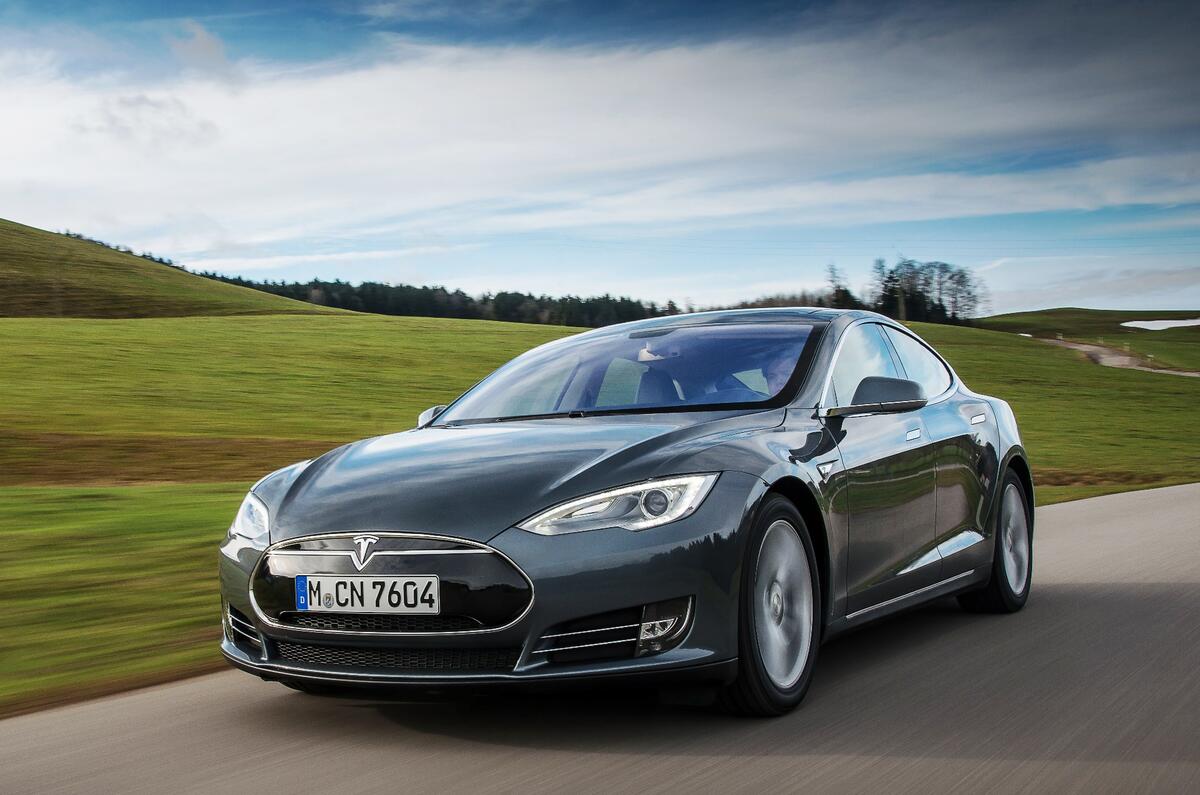The death of a Tesla Model S driver in a crash which occurred while the car was in Autopilot mode should not discourage the use of autonomous driving technology on our roads, according to a transport expert from the Institution of Engineering and Technology (IET).
The performance of Tesla’s Autopilot function is being investigated by US car safety officials after a driver was killed in a crash while the autonomous system was deployed. The driver in Florida hit the side of a lorry trailer after neither he nor the self-driving system apparently noticed the vehicle pulling across the path of his 2015 Tesla Model S.
But Sahar Danesh, IET principal policy advisor for transport, said: “This appears to be a tragic accident but it should not discourage the advancement of driverless cars on our roads.
“Autonomous driving until now has had a strong safety record. One of the advantages autonomous vehicles have over traditional vehicles is that they record everything that goes on around them in detail, so those investigating what happened in the case of the self-driven Tesla will have a lot of information that they can use to improve the future safety of autonomous transport – so that these kinds of accidents can be avoided in the future.
“It is important to remember that driverless vehicles have huge potential to transform the UK’s transport network. In the long term, autonomous cars could improve road safety, reduce congestion and lower emissions. There are a series of trials taking place around the world where driverless cars have covered millions of miles without major incident. What we learn from this will prove crucial in ensuring the improved safety and technology of driverless cars.
“Public acceptance and trust are crucial, so these trials must get to grips with the best ways to win over everyone from car manufacturers to consumers to the benefits of driverless cars.”
Having been informed about the crash by Tesla itself, the National Highway Traffic Safety Administration (NHTSA) in America has opened a preliminary evaluation into the performance of Autopilot to determine whether the system worked according to expectations.
Tesla said in a statement: “What we know is that the vehicle was on a divided highway with Autopilot engaged when a tractor trailer drove across the highway perpendicular to the Model S. Neither Autopilot nor the driver noticed the white side of the tractor trailer against a brightly lit sky, so the brake was not applied.
“The high ride height of the trailer combined with its positioning across the road and the extremely rare circumstances of the impact caused the Model S to pass under the trailer, with the bottom of the trailer impacting the windshield of the Model S.





Join the debate
Add your comment
Adaptive cruise
It's not fully autonomous
It's also worth noting the Tesla system is based on radar and computer vision, while the Google system (very close to fully autonomous) has a roof-mounted lidar sensor and more sophisticated software. Could it have prevented this scenario? I bet Google engineers are busy finding out.
Very concerning to read that